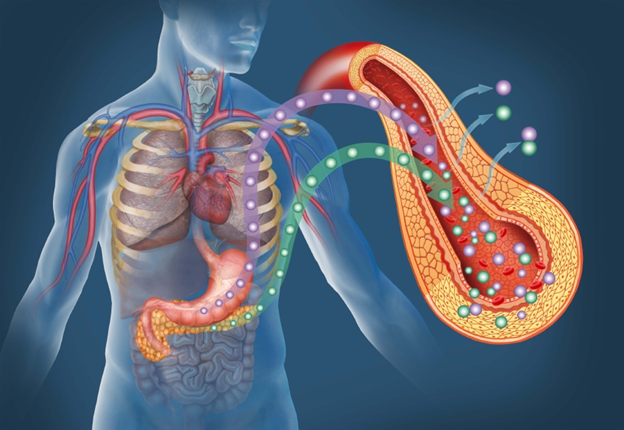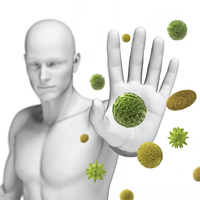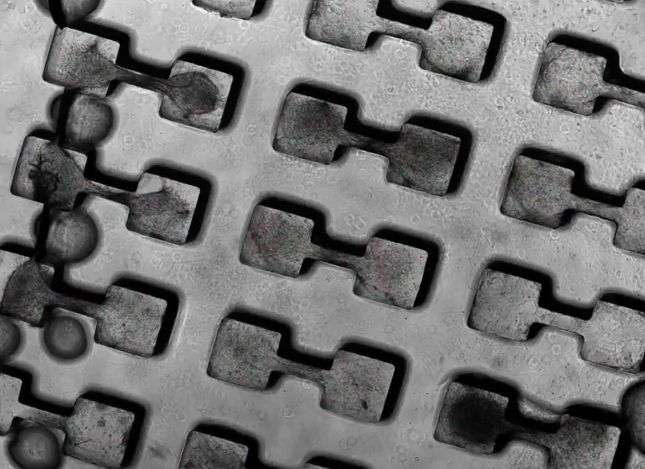
SDMA (Symmetric Dimethylarginine) ELISA is for Research Use
Only
Eagle
Biosciences’ Oxidative Stress Assay Kit Line which is a comprehensive group
consisting of a numerous valuable products for assisting scientists in fields
of research such as diabetes, cancer, aging, and other similar areas of study.
Our SDMA (Symmetric Dimethylarginine) ELISA is one of the unique assays in the
this Oxidative Stress Assay Kit Line that offers a variety of advantages
over competing kits such as excellent specificity, sensitivity, and excellent
correlation to LC-MS/MS.
Why Measure SDMA (Symmetric
Dimethylarginine)?
SDMA is a
methylated derivative and structural isomer of the amino acid L-arginine
(symmetric dimethylarginine). SDMA is eliminated from the body exclusively by
renal excretion; therefore this analyte is closely related to renal function
[1]. There have been several studies that have produced data suggesting that
SDMA correlates well with parameters of renal function, in both humans and
rodents [2]. It is important for researchers to measure SDMA and for it to be
studied further as there has been evidence in recent publications that it is a
more reliable and earlier indicator of chronic kidney disease (CKD) than other
analytes such as creatine [3]
Key Advantages of EagleBio’s SDMA
(Symmetric Dimethylarginine) ELISA:
- Excellent specificity
- High Sensitivity
- Excellent correlation to LC-MS/MS
- Wide dynamic Range
References:
- 1.Bode-Böger
et al. Symmetrical Dimethylarginine: A new combined parameter for renal
function and extent of coronary artery disease J. Am. Soc. Nephrol; 2006 (17): 1128-1134. - 2.Kielstein J.T., Salpeter S.R.; Bode-Böger S.M., Cooke
J.P., Fliser D. Symmetric dimethylarginine (SDMA) as endogenous marker of renal
function – a meta-analysis Nephrol. Dial. Transplant (2006) 21: 2446 – 2451. - 3.Yerramilli M et al. Symmetric dimethylarginine (SDMA)
increases earlier than serum creatinine in dogs with chronic kidney disease
(CKD). [ACVIM Abstract NU-42]. J Vet
Intern Med. 2014;28(3):1084–1085.
Related Products:
Cardiovascular Assay Kits
ADMA ELISA Assay
KitADMA
(Asymmetric Dimethylarginine) / Arginine ELISA Assay KItADMA
Ultrasensitive ELISA Assay KitHomoarginine
ELISA Assay Kit Cardiovascular
Assay Kits
Related News:
September 2015: Eagle
Biosciences Introduces New Fast ADMA ELISA Assay
EagleBio Biomarker Spotlight: ADMA
New Listing of ADMA Assay Publications
August 4, 2011: Eagle Biosciences
Introduces ADMA ELISA Product Line











